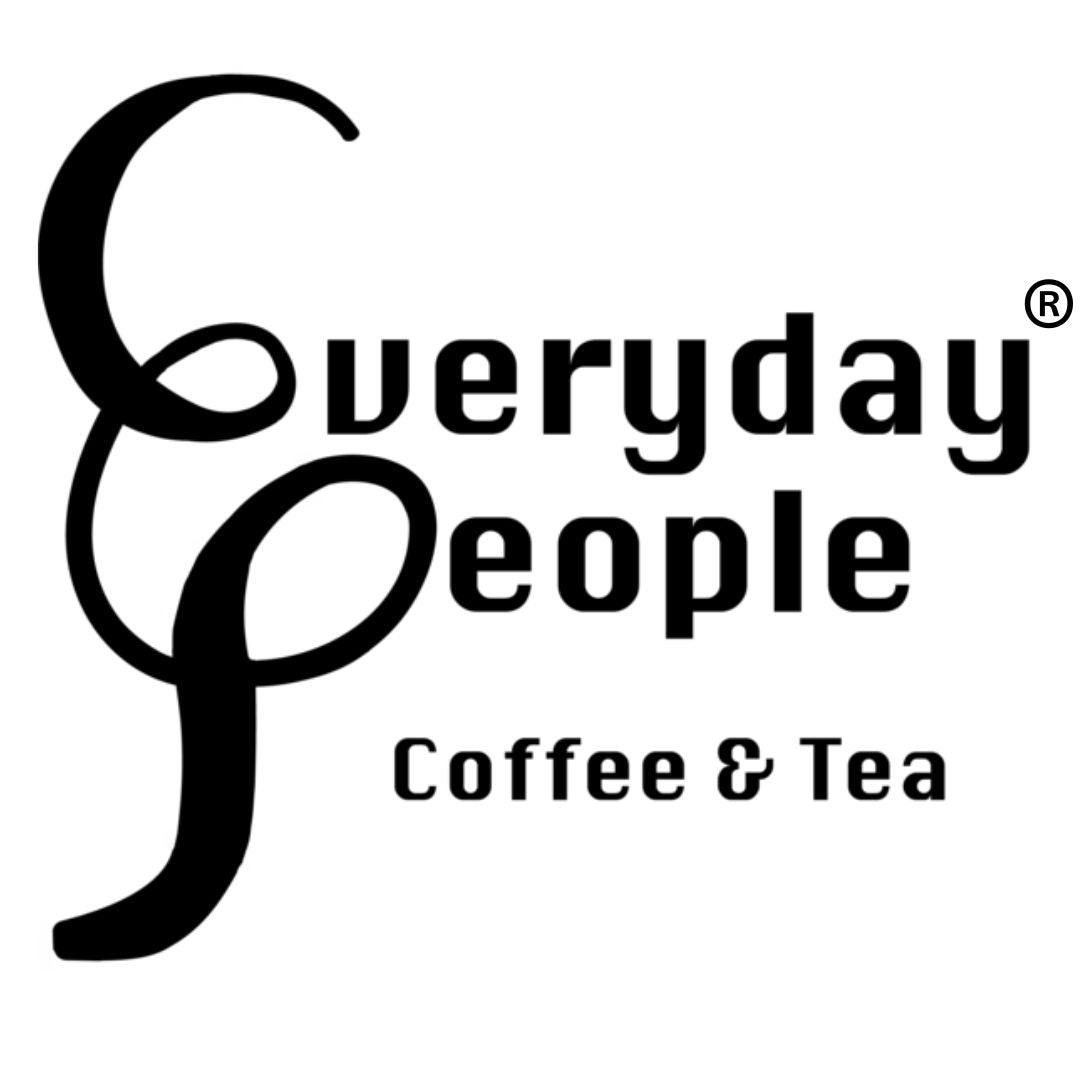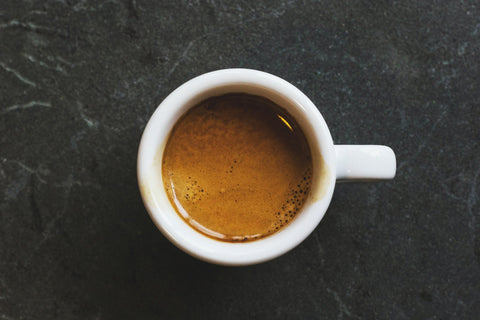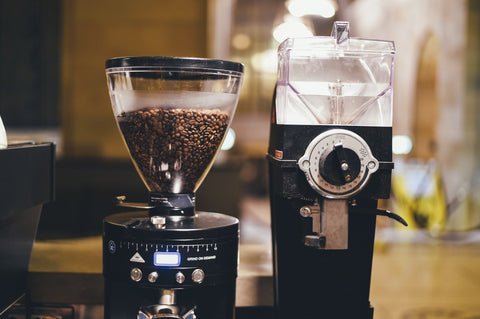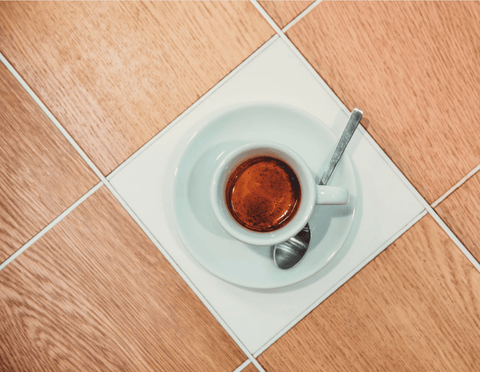General Steps of Using an Espresso Machine:
You Need:
- An espresso machine (manual or steam-powered)
- A tamp
- A way to boil water (ie kettle, built into the espresso machine)
- Coffee (whole bean or ground)
- A coffee grinder (if using whole bean coffee)
- A way to measure your coffee (ie a tablespoon or a scale)
- (optional) Milk pitcher for milk espresso-based drinks
Steps:
- Pour the water that you’ll heat up into the espresso machine (if steam-powered) or boil the water that you’ll pour into the water chamber (if manual). While the water is heating up, measure and grind finely how much coffee you need depending on the portafilter size. Depending on the size of the portafilter (the part of the espresso machine that holds the coffee), you’ll be able to pull only single shots or only double shots. These are the average coffee amounts for each shot size:
For a single shots: grind 7 - 9 g of coffee finely
For a double shot: grind anywhere for 18 - 22g of coffee finely - Once the coffee is ground, flatten and tamp the coffee in the portafilter. If making a milk espresso-based drink like a latte or cappuccino, pour your milk into the milk pitcher to prep for steaming.
a. Tamping tips: Ensure that you are pressing the coffee grounds evenly and straight. If using a full sized portafilter, press down quite hard ( exerting about 30 lbs of pressure) with your elbow at a 90 degree angle. This is so you do not place too much strain on your wrist! - Once the water heats or boils, run the water through the machine into your espresso cup (if steam-powered) or pour the hot water through the espresso spout into your espresso cup to prime (to heat up) all machine parts and the cup. This ensures that the temperature of the espresso that is brewing remains consistent and delicious! Throw out the hot water that falls into the espresso cup.
- Once everything is primed, stick your cup under the espresso spout, attach the portafilter into the machine, and begin pulling the espresso through pressing a button or pushing the lever.
- Once the espresso shot begins to pull, you can begin to steam your milk! Pull the steam wand to purge any milk and to heat up the wand, and then place the steam wand into the pitcher and into the milk. Begin steaming.
- Once the espresso is done pulling, you can enjoy your espresso or pour your milk into the espresso!
If you like cold coffee instead, you can throw some ice into the espresso for a refreshing iced espresso. You can also make an iced latte by combining espresso, cold milk, and ice together.
If the espresso doesn’t come out tasty the first time, don’t worry - there are easy fixes for your next brew!
If the coffee tastes really bitter, you can play around with:
- coarsening the grind OR
- decreasing how much ground coffee you put in the portafilter
If the coffee is really sour, you can play around with:
- making the grind finer OR
- increasing how much ground coffee you put in the portafilter
How to Brew Espresso Sustainably
- Investing in reusable pods for espresso pod machines
- Using a manual espresso machine
- Measuring out your milk (ideally non-dairy) for espresso-based drinks
- What material is your cup made out of?
- How is your coffee grown and sourced?
- What are you doing with your coffee grounds or coffee packaging after brewing?
For espresso pod machines: Invest in reusable pods
There are many reusable pod options available for espresso pod machines like Nespresso. This is important to consider because Nespresso has sold more than 27 billion pods. Furthermore, though Nespresso has a recycling program for its small aluminum capsules, the company has not measured the success and impact of the program, with Nestle focusing instead on “recycling capacity”, so there is no way right now to know how much of the capsules are actually recycled or thrown into the landfill. Consider investing in reusable options for espresso pods, or switching to biodegradable or compostable pods from companies like Lavazza, EcoPods, and PurPod100.
Using a manual espresso machine
There are many affordable, quality manual espresso machines that are available for purchase such as the Nanospresso or Minispresso from Wacaco, the Cafflano Kompresso, and the lever espresso machines from Flair. Instead of being electrically steam-powered, you push a lever to pull the water through the coffee grounds to extract the flavors from the coffee.
Measuring out your milk when steaming
When using steamed milk for espresso-based drinks, there is often a small amount of milk inside the pitcher thrown out. Especially if the milk is dairy-based, then that adds up to be quite a bit of waste. Dairy milk production emits three times more greenhouse gasses than all alternative milks and requires nine times more land according to a group of researchers at the University of Oxford. You can lessen your carbon footprint through opting to use an alternative milk like oat milk or soy milk and through measuring exactly how much milk you need in your drink.
What material is your cup made out of?
Invest in a glass, metal, or ceramic mug instead of a plastic one or using disposable paper cups. These disposable paper cups for hot drinks, like the ones from Starbucks usually have a plastic lining on the inside that make it difficult to recycle in many cities. But it’s important to consider the impact of these single use cups since Starbucks alone used 3.85 billion hot cups in 2017. Bring or brew your own reusable cups when drinking your espresso or any espresso-based milk drinks!
How is your coffee grown and sourced?
Consumers can make better coffee choices to support a more environmentally friendly industry through choosing a sustainably-sourced, high-quality coffee. These choices can have a major impact on the global ecosystem. Conscious shopping looks like checking for certifications like organic and fair trade. Organic certifications indicate that the coffee was grown without the use of synthetic pesticides that might be harmful to the overall environment, and fair trade certifications tell the consumer that farmers were paid a premium over the market price for their coffees.
There are also other labels that coffee consumers can look for on their bags of coffee or on a coffee company’s information. The customer can check if the coffee is shade grown or bought through direct trade. Shade grown coffee is a more sustainable way of growing coffee than methods that maximize farm productivity. Shade-grown coffee methods promote biodiversity, prevent soil erosion through the shade trees extensive root network, provide nutrients from fallen litter, and decrease the amount of carbon in the air through fixation by plant tissues. Direct trade is an indicator that the coffee company works with the coffee farmers themselves to either set premium prices or even collaborate to support the farmers’ community.
What are you doing with your coffee grounds and packaging after brewing?
Dumping coffee in the landfill means that those coffee grounds will produce methane, a harmful greenhouse gas. You can divert your grounds from the landfill through composting or repurposing your coffee grounds. Composting is an easy, environmentally-friendly action you can do with your used coffee grounds. Simply throw your grounds into your compost pile. When composted, the coffee grounds add nitrogen to the soil. You can also add the grounds right into your garden as fertilizer -- it helps with soil drainage, aeration, and water retention.
After brewing, we can look at repurposing our coffee grounds. Some recipes even call for coffee grounds as rubs or pastry flavoring. You can even use coffee grounds to absorb unwanted odors in your fridge or your trash can. You can also use it as a body scrub to exfoliate dead skin from your body or a way to absorb any residue on your scalp or hair. The journey for coffee doesn’t have to stop in your cup or the landfill.
The coffee lifestyle usually comes along with packaging, so we can be diligent in either recycling or composting any coffee bags or packaging that we come across. Check your coffee bags for the recycling symbol. If it does not have any lamination or plastic in it, you can also use it as brown matter for yours or your community garden’s compost pile.
Understanding the process and mechanism of how coffee has been carefully tended by people all across the world, we at Everyday People Coffee and Tea source sustainable, single origin coffees from farmers, ensuring that those farmers are also provided equitable wages to sustain a livelihood that depends on the coffee trade. We are deeply committed to sourcing quality beans to produce our premium coffees. Our coffee is roasted in a registered and approved FDA facility adhering to sustainable practices.
Let us know how your coffee journey is going at our Instagram @everydaypeople_coffee or our contact form!



